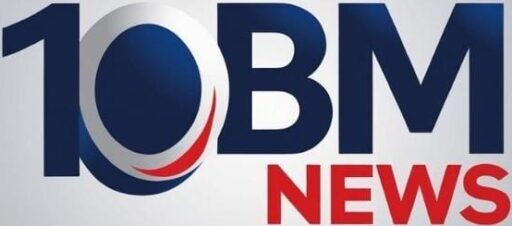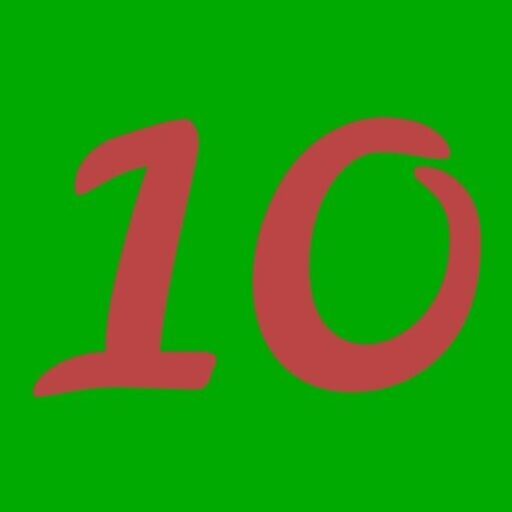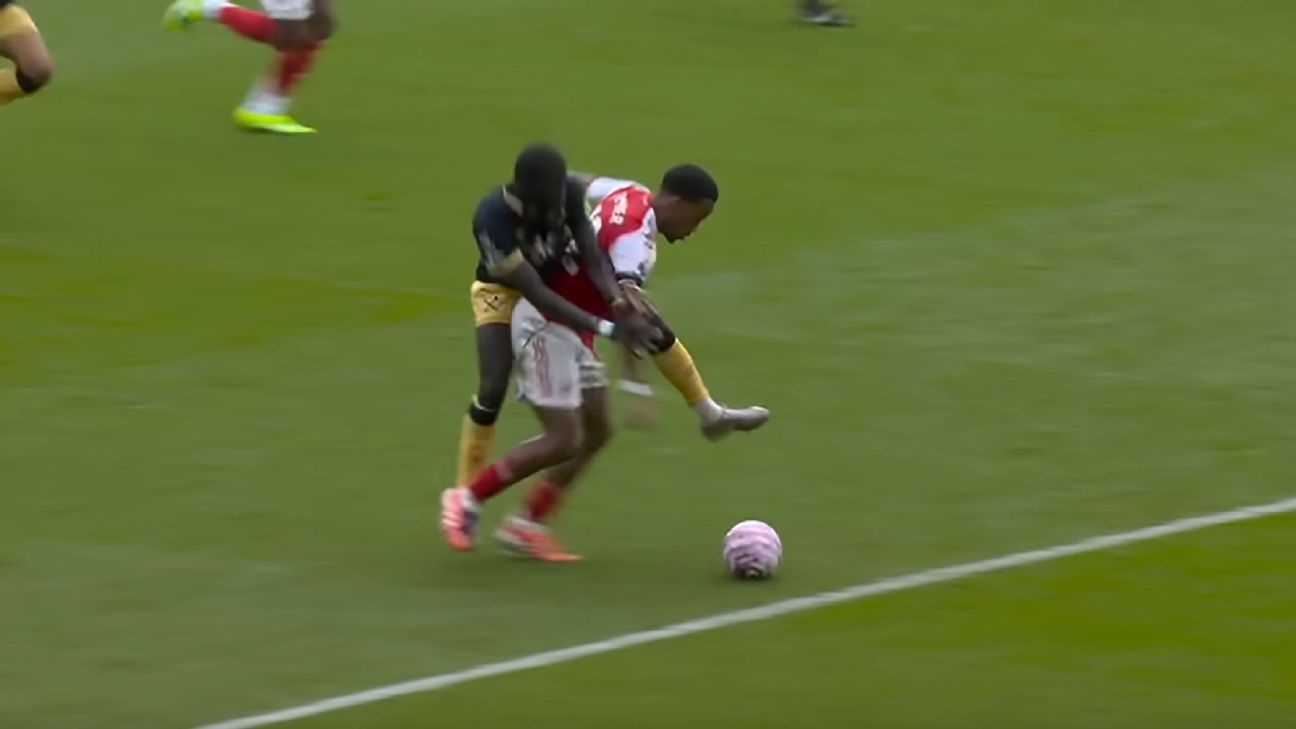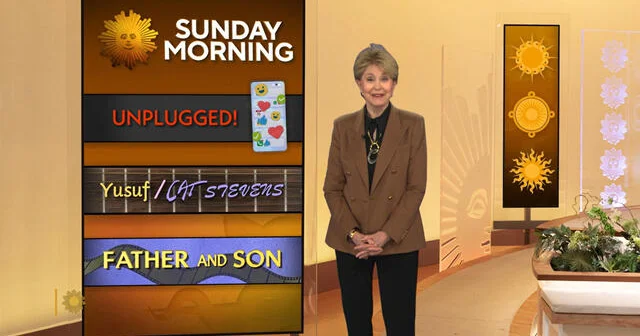We graded every NBA team’s offseason: Which teams got an A and which got an F?
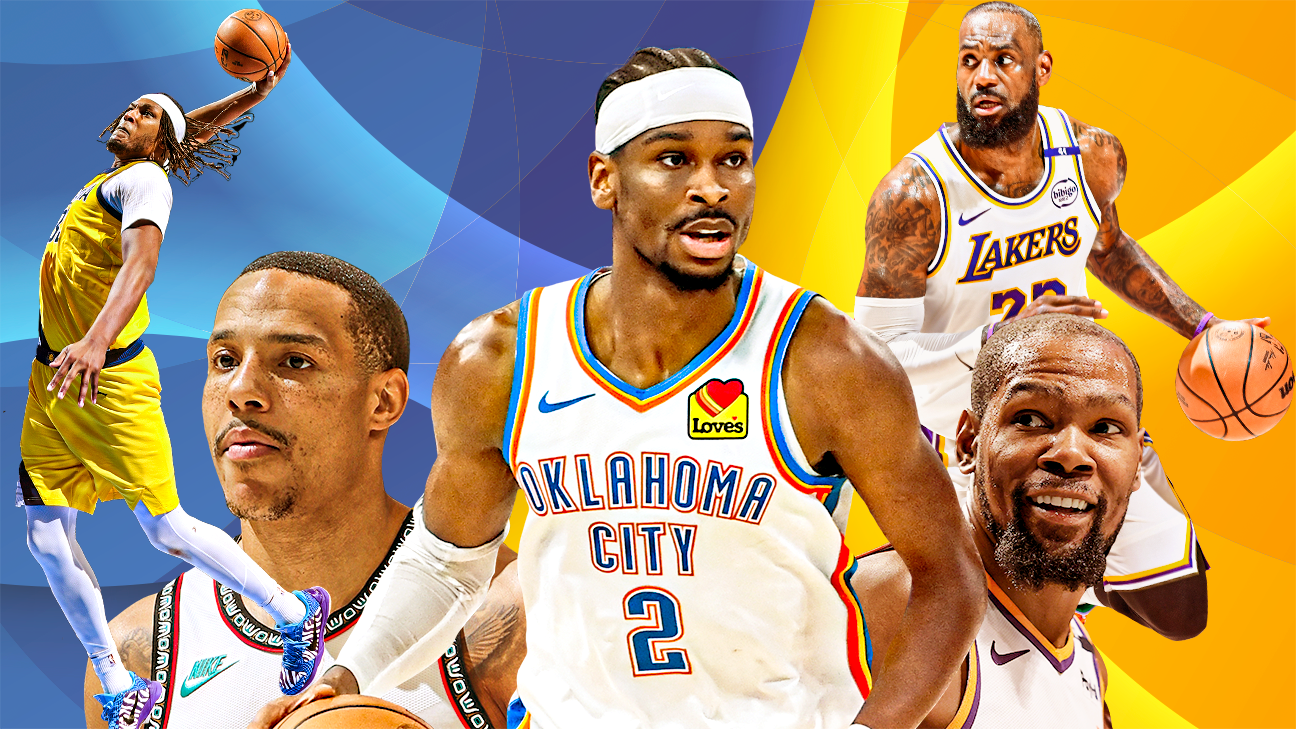
With the bulk of the NBA’s offseason moves complete, it’s time to evaluate how teams did.
As ESPN’s Tim Bontemps and Bobby Marks laid out last week, there are a handful of storylines to watch the rest of the summer, including the restricted free agents locked in apparent standoffs with their current teams and potential extensions. It’s also possible we could get a surprise trade.
Barring that, most of the moves that will affect the 2025-26 season have already been made, with virtually all the top unrestricted free agents having already signed contracts, and blockbuster deals have turned the Houston Rockets and Orlando Magic into contenders in their respective conferences.
My grades aren’t just about how much teams improved or declined, but more on how well they used the tools at their disposal, with a focus on free agency and trades because the outcome of the draft is more difficult to predict. Although most teams end up in the fat part of the curve centered on the “B” range, I did award two A’s — and one F, involving teams on opposite sides of the summer’s most lopsided trade.
Teams are listed in alphabetical order.
Jump to a team:
ATL | BOS | BKN | CHA | CHI | CLE
DAL | DEN | DET | GS | HOU | IND
LAC | LAL | MEM | MIA | MIL | MIN
NO | NY | OKC | ORL | PHI | PHX
POR | SAC | SA | TOR | UTA | WAS

![]()
Grade: A
The Hawks vaulted themselves into the ranks of legit East threats by nabbing one of the top free agents to change teams (former Minnesota Timberwolves guard Nickeil Alexander-Walker) and adding Kristaps Porzingis to give them more size up front. Yet, the real coup was adding the better of 2026 first-round picks from the Milwaukee Bucks and New Orleans Pelicans on draft night to move down 10 spots from No. 13 to No. 23.
Even if Atlanta remains stuck in the play-in, potentially adding another lottery pick to a core that includes 2024 No. 1 pick Zaccharie Risacher is a franchise-changing opportunity for a Hawks team that swapped its own pick to the San Antonio Spurs in the Dejounte Murray trade.
1:10
Stephen A.: Celtics should find out if Jaylen Brown is a legit No. 1 option
Stephen A. Smith explains why the Celtics should take a chance on their current roster and see if Jaylen Brown can be a true No. 1 option with Jayson Tatum sidelined.
![]()
Grade: C
The upside is the Celtics managed to balance their books without giving up any future first-round picks, getting under the second apron with a plausible path to avoiding the tax altogether in a gap year following Jayson Tatum‘s Achilles rupture. The downside is Boston shed a massive amount of talent, including everyone taller than 6-foot-8 who played at least 13 minutes in the 2025 playoffs. The Celtics will be challenged to replenish their frontcourt depth and, crucially, the versatility lost with Al Horford and Kristaps Porzingis.
![]()
Grade: C-
Given the Nets’ commanding position as the only team with more than $30 million in cap space this summer, their return has been underwhelming. Brooklyn did net a 2032 unprotected first-rounder from Denver and can hope to rehabilitate Michael Porter Jr.’s value. The Nets also landed the No. 22 pick with Terance Mann prior to the draft, but keeping all five first-round picks and using them largely on players whose games don’t seem complementary was confusing. Brooklyn still can create $20-plus million in cap space, and we’ll see whether additional deals materialize before training camp.
![]()
Grade: B-
The Hornets should be more competitive in 2025-26 after finding playmakers to supplement LaMelo Ball. Charlotte’s offense collapsed without Ball last season, which doesn’t figure to continue with the additions of veterans Spencer Dinwiddie and Collin Sexton and the return of Tre Mann. And No. 4 pick Kon Knueppel, MVP of the summer league championship game, should help the Hornets’ shooting immediately.
![]()
Grade: C-
I liked the Bulls bringing back Tre Jones on a three-year, $24 million contract with a team option on the final season. Chicago could also get more out of wing Isaac Okoro after getting him from Cleveland for Ball. Still, the Bulls shouldn’t be content with largely staying the course after three consecutive play-in losses. And although I’m high on No. 12 pick Noa Essengue, Chicago would have been better off making the same draft-night deal Atlanta did with New Orleans.
![]()
Grade: B
We’ll see how much the Cavaliers get from Lonzo Ball, limited to 35 games last season by wrist injuries after two and a half years off the court due to his left knee. Ball was a low-cost pickup for Cleveland to help replace Ty Jerome, lost to help manage the Cavaliers’ sizeable tax bill. So too was bringing back Larry Nance Jr. as a third center. Despite the loss of Jerome, Cleveland looks like the favorite to win the East.
![]()
Grade: B-
Dallas doesn’t get credit for picking Cooper Flagg, a move any team would have made after winning the lottery. The Mavericks did well in landing D’Angelo Russell, armed only with their taxpayer midlevel in free agency after agreeing to a new contract with a smaller starting salary for injured point guard Kyrie Irving. But Dallas still has a surplus in its frontcourt, having opted not to make any trades involving veteran players thus far. That likely pushes Flagg and P.J. Washington Jr. to perimeter roles.
![]()
Grade: A-
After the dust cleared, Denver’s offseason resulted in the strongest Nuggets team on paper since they won the 2023 title, highlighted by swapping Michael Porter Jr. for Cameron Johnson at the cost of a valuable 2032 unprotected first-rounder. The payroll flexibility the deal created helped the Nuggets heist Jonas Valanciunas from the Kings, shedding little-used Dario Saric. And Denver beefed up its perimeter depth by signing Bruce Brown and Tim Hardaway Jr. to minimum contracts.
![]()
Grade: C
The Pistons’ offseason changed dramatically when ESPN’s Shams Charania reported that guard Malik Beasley was under investigation by federal authorities in connection with a gambling probe. After All-Star Cade Cunningham, Beasley might have been Detroit’s second-best player last season, and the late pivot limited the Pistons’ options to replace him in free agency. They landed Duncan Robinson to supply the shooting Beasley provided and Caris LeVert for shot creation off the bench, but the result is likely a weaker Detroit second unit.
![]()
Grade: Incomplete
Having merely added a pair of picks in the 50s (Will Richard and Alex Toohey), the Warriors are impossible to evaluate until they figure out the status of restricted free agent Jonathan Kuminga. If Golden State indeed signs veteran center Al Horford and brings back guard De’Anthony Melton, as ESPN’s Anthony Slater reported is possible, that would be a solid summer to build on last season’s strong finish after the Jimmy Butler trade. For now, all of that remains on hold.
1:40
Will the Rockets be the best team KD’s played for?
Ramona Shelburne and Tim Bontemps break down why the Rockets are the best fit for Kevin Durant.
![]()
Grade: A
No team did more to improve its chances at the 2026 title than the Rockets, who added two-time Finals MVP Kevin Durant without sacrificing depth in the process. Give Houston credit for pouncing at a reasonable trade for Durant, then using a team-friendly contract for Fred VanVleet (two years, $50 million) to access the non-taxpayer midlevel exception. That allowed the Rockets to add proven 3-and-D wing Dorian Finney-Smith to help replace departed Dillon Brooks.
![]()
Grade: D
It’s possible we’ll look back and think the Pacers were better off not paying Myles Turner through his mid-30s, but there are no banners for fiscal responsibility and Indiana lost a key piece to a starting five that relied more on fit than sheer talent. The Pacers have no clear replacement for Turner. Although I liked taking a flyer on Jay Huff, who has a similar skill set, expecting him to start after falling out of Memphis’ playoff rotation is unrealistic. Indiana’s other traditional centers — Tony Bradley, Isaiah Jackson and James Wiseman — are also career backups.
![]()
Grade: B+
There are concerns about the Clippers’ age after adding veterans Chris Paul (40), Brook Lopez (37) and Bradley Beal (32). For the Clippers to land all three armed only with the non-taxpayer midlevel exception, however, is a win. The Clippers bolstered their depth in the short term and added size with a trade for John Collins while keeping an eye on cap space possibilities as soon as next summer, with 2027 a more likely target to retool the roster with younger talent.
![]()
Grade: B
The Lakers are an interesting contrast to their crosstown rivals’ offseason. Building around 26-year-old Luka Doncic, the Lakers added Jake LaRavia, 23, the youngest unrestricted free agent to change teams for more than the minimum, plus Deandre Ayton, who recently turned 27. Marcus Smart, 31, is the Lakers’ oldest newcomer. The Lakers’ additions weren’t as effective last season as the Clippers’, but the new Lakers stand a better chance of being long-term contributors.
The biggest question about the Lakers’ offseason is what that approach means for 40-year-old superstar LeBron James. However, James has little leverage after exercising his player option. It’s more important for the Lakers to persuade Doncic to sign an extension when he becomes eligible this weekend.
![]()
Grade: B
The Grizzlies might take a step back in a loaded West after trading starting guard Desmond Bane, but long term, Memphis was wise to get four first-round picks in return, including a coveted 2026 pick most likely from the Phoenix Suns. Adding Jerome on a value contract helps replace Bane’s shooting and shot creation, and the Grizzlies were able to sign Jaren Jackson Jr. to an extension that pays him less than he could have made next summer as an unrestricted free agent.
![]()
Grade: B+
It was an opportunistic offseason for the Heat, who took advantage of the money saved by swapping Duncan Robinson for Simone Fontecchio to convert players on the fringes of their rotation into Norman Powell, who scored 21.8 points per game for the Clippers last season. Powell helps replace some of the scoring lost with Jimmy Butler’s February departure and keeps Miami’s books clear — for now — as the team eyes 2027 cap space.
![]()
Grade: C+
No, the Bucks stretching Damian Lillard‘s salary over the next five years to create cap room and sign Myles Turner away from the Pacers — the top player to change teams in free agency — isn’t likely to result in Milwaukee contending. But it at least gives the Bucks a chance this season, with a power vacuum in the East due to injuries and Giannis Antetokounmpo still playing at a top-five level. Milwaukee did creative work to bring back the rest of last season’s core, albeit at the cost of handing out player options like party favors. A whopping five Bucks got 2026-27 options, which could complicate next summer’s roster building.
![]()
Grade: B-
After trading Towns, the Timberwolves were able to manage their payroll to bring back the bulk of the team that has reached the past two conference finals. A new contract for Julius Randle pays him and Donte DiVincenzo a combined $43 million, far less than the $53 million Towns will make. Minnesota did have to let Alexander-Walker leave via sign-and-trade, opting instead to prioritize 2023-24 Sixth Man Award winner Naz Reid. Reid’s five-year, $125 million contract could be an overpay if he is unable to grow beyond a bench role.
![]()
Grade: F
The Hawks-Pelicans draft-night swap was seemingly the most lopsided transaction of the summer. It could pay off for New Orleans, but it was far too risky to be sensible — particularly in the context of the Pelicans’ other moves. New Orleans is betting on Jordan Poole being a playoff-caliber starting point guard and has overloaded its depth chart at center by drafting Derik Queen and signing veteran Kevon Looney. Just three West teams have longer odds of winning the conference at ESPN BET, and the Pelicans traded away their safety net now that they no longer control their 2026 first-round pick.
![]()
Grade: B
After adding Mikal Bridges and Karl-Anthony Towns last offseason, the Knicks had limited room to maneuver this summer. Getting Guerschon Yabusele to take ever so slightly less than the entirety of their taxpayer midlevel exception allowed New York to upgrade its second-unit frontcourt and still fill out its bench with veterans minimum contracts. One of those veterans, Jordan Clarkson — signed after reaching a buyout with the Utah Jazz — gives the Knicks more athleticism off the bench than unsigned backup guards Cameron Payne and Landry Shamet.
![]()
Grade: B+
The defending champs return every player who saw at least 50 minutes of action during the 2025 playoffs, so the real work for the Thunder front office was securing long-term extensions for stars Shai Gilgeous-Alexander, Chet Holmgren and Jalen Williams. A supermax deal for Gilgeous-Alexander and max deals for Holmgren and Williams will force tough choices for Oklahoma City, but the Thunder did well to sign Holmgren to a deal locked in at 25% of the 2026-27 cap and avoid giving Williams a player option on his extension.
![]()
Grade: B
Dealing for Bane looks better for Orlando in the wake of the East opening up. The Magic have a realistic chance to claim home-court advantage in the first round for the first time since 2011. Orlando getting backup point guard Tyus Jones on a one-year, $7 million deal was also a nice add. The Magic will have far more backcourt cover after going 21-26 in the 47 games starter Jalen Suggs missed last season.
![]()
Grade: C
After last summer was highlighted by signing nine-time All-Star Paul George — an addition that went south — perhaps a quiet offseason is for the best. Still, it’s surprising Philadelphia is bringing back 10 players from last season’s roster, with restricted free agent Quentin Grimes likely to bring that total to 11. The 76ers are counting on better health and improved frontcourt depth rather than making significant changes to the roster.
![]()
Grade: C+
Like Milwaukee, Phoenix put a massive amount of dead salary on its books with a buyout for the final two years of Bradley Beal’s contract. After dealing Kevin Durant, the Suns can’t realistically contend. Even making the playoffs will be a stretch in the West. But they have flipped their roster in a younger direction with three 2025 draft picks — having started the summer with none — and 23-year-old center Mark Williams, acquired via trade.
1:23
Does Damian Lillard’s return change Blazers’ outlook this season?
Brian Windhorst doesn’t see the Portland Trail Blazers making the playoffs this season despite their offseason moves.
![]()
Grade: C
It was an eventful summer for the Blazers, who dealt for Jrue Holiday, made the draft’s most interesting pick in Chinese center Yang Hansen and reunited with franchise icon Damian Lillard. Adding two veteran All-Star guards could crowd Portland’s backcourt when Lillard returns from an Achilles rupture, likely in 2026-27. And the Blazers still haven’t found a new home for forward Jerami Grant, who was surpassed in the rotation last season by younger Deni Avdija and Toumani Camara.
![]()
Grade: D+
A curious offseason didn’t seem to move the Kings closer to a playoff return. Prioritizing point guard after trading De’Aaron Fox in February was reasonable, but Sacramento gave Dennis Schroder a three-year, $45 million deal that might not age well given Schroder’s reliance on quickness. That deal forced the Kings to swap Jonas Valanciunas for Dario Saric, who barely played last season, to stay out of the luxury tax. Sacramento might have been better off targeting a point guard on a cheaper deal, such as Tre Jones, or letting Valanciunas leave for a reported offer from Greek power Olympiacos and getting out of his deal altogether.
![]()
Grade: B
The Spurs don’t get bonus points for jumping up to No. 2 in the lottery and drafting Rutgers guard Dylan Harper. However, San Antonio did do well upgrading its frontcourt with veterans Luke Kornet and Kelly Olynyk. With a training camp to integrate De’Aaron Fox and Victor Wembanyama‘s rapid growth, the Spurs should improve this season and still have the draft picks to make another big swing to build out their core.
![]()
Grade: C-
A deadline deal for Brandon Ingram turned out to be Toronto’s big offseason move. Given how little cap space was available, Ingram was wise to lock in a three-year, $120 million deal after the trade. Over the tax line, the Raptors merely swapped out unsigned Chris Boucher for Sandro Mamukelashvili and drafted Collin Murray-Boyles at No. 9. The result is a roster that still doesn’t look like a top-six team in the East with limited financial flexibility, particularly after a rich extension for center Jakob Poeltl.
![]()
Grade: C
After hiring Austin Ainge as president of basketball operations, the Jazz firmly picked a direction. Utah sent out veterans Clarkson, Collins and Sexton, meaning they’ll no longer appear on lengthy injury reports to create playing time for Utah’s young talent. The Jazz likely waited too long to move on from Clarkson and Sexton, forcing Utah to give up a second-round pick in the process. Still ahead: a key decision on center Walker Kessler, who’s eligible for a rookie extension through October.
![]()
Grade: B
A series of trades cleaned up Washington’s books for massive cap space in summer 2026 while also taking low-cost fliers on recent first-round picks. Including this year’s picks Tre Johnson and Will Riley, the Wizards now have an incredible 10 players drafted in the first round since 2023. Corey Kispert is the only veteran Washington has under contract for 2026-27, meaning the Wizards could have $80 million in cap space after trading Jordan Poole for CJ McCollum‘s expiring contract.
[title_words_as_hashtags
